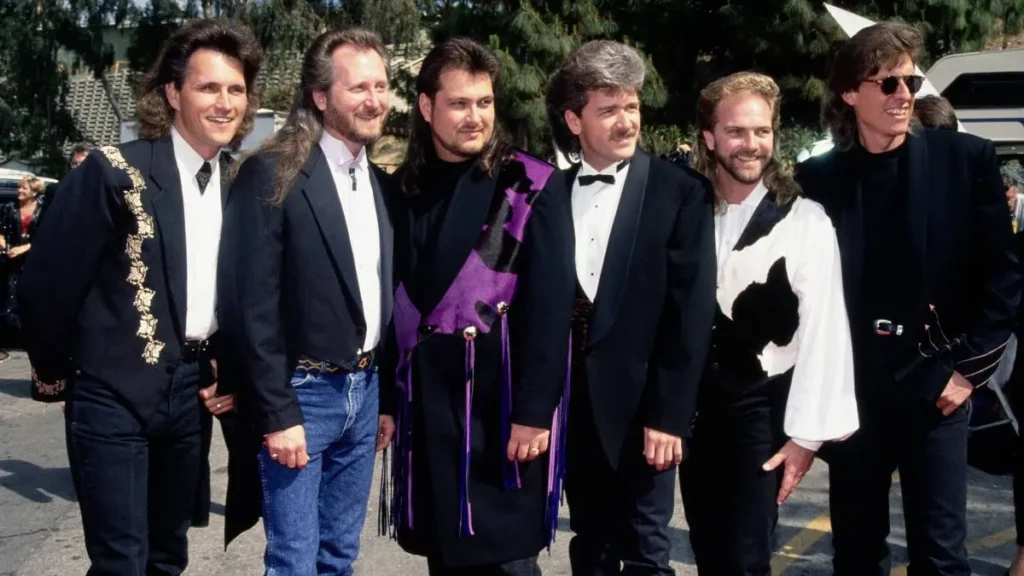
A Testament to Compromise, Where Love Finds Its Strongest Footing in the Space Between
When Diamond Rio debuted with “Meet in the Middle” in 1991, they not only announced their arrival on the country music scene but etched their name into history. This poignant ballad of mutual devotion and emotional parity became the first debut single by a band to reach Number One on the Billboard Hot Country Songs chart—a landmark moment for both the group and the genre. Featured on their eponymous album Diamond Rio, the track would come to define the band’s musical identity: polished harmonies, heartfelt storytelling, and a reverence for traditional values wrapped in contemporary instrumentation.
At its surface, “Meet in the Middle” is a love song—simple, sweet, and accessible. But listen closely, and you’ll uncover a deeper meditation on what it means to truly build something lasting with another person. The narrative unfolds along a red Georgia dirt road, where a young couple learns that love is not forged in grand gestures or fleeting passion, but in small, consistent acts of compromise. “We’d gain a lot of ground / ’Cause we’d both give a little,” they sing—not as a platitude but as a philosophy.
The song’s structure mirrors its theme. Its verses walk steadily forward, much like the lovers on either side of that dusty road. The chorus rises—not with bombast—but with graceful resolution, echoing the equilibrium it celebrates. Harmonically, the song leans into Diamond Rio’s greatest strength: tight, complex vocal interplay that never feels forced. Marty Roe’s lead vocals are earnest and unadorned, grounded by Dan Truman’s sparkling keyboard work and Jimmy Olander’s nimble acoustic flourishes. These elements converge seamlessly under Michael Clute’s clean production—a testament to Nashville’s early ’90s blend of commercial sheen and rootsy authenticity.
But perhaps what gives “Meet in the Middle” its enduring resonance is its humility. In an era when pop-country was beginning to lean toward arena rock theatrics or syrupy sentimentality, this song stood as a quiet counterpoint—an ode to balance in both relationships and life itself. It doesn’t aspire to shock or dazzle; instead, it invites listeners into a shared memory, one where many can recall walking those figurative (or literal) miles toward someone they love.
The cultural legacy of “Meet in the Middle” lies in its understated universality. Decades after its release, it remains not just a staple of country playlists but an emblem of how ordinary stories—when told with sincerity and grace—can become extraordinary markers in our collective soundtrack. Like the lovers who meet halfway between their homes, we return to this song again and again for its simple wisdom: love isn’t found at either end; it thrives in the middle.